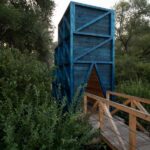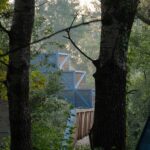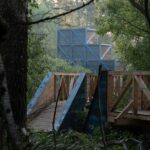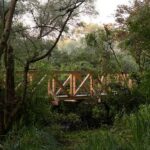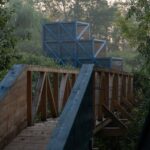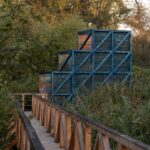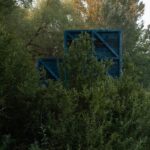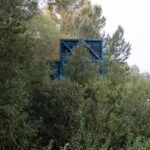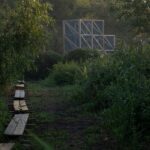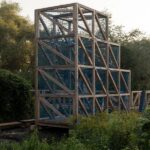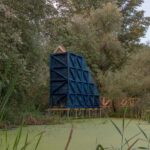
Rediscovering Natural Wetland Ecosystems
Boglands, characterized by their intricate wetland ecosystems, are vital yet fragile environments resembling swamps and marshes. Once abundant around Budapest due to the proximity of the Danube River, centuries of drainage have left only a few hectares of these unique landscapes.
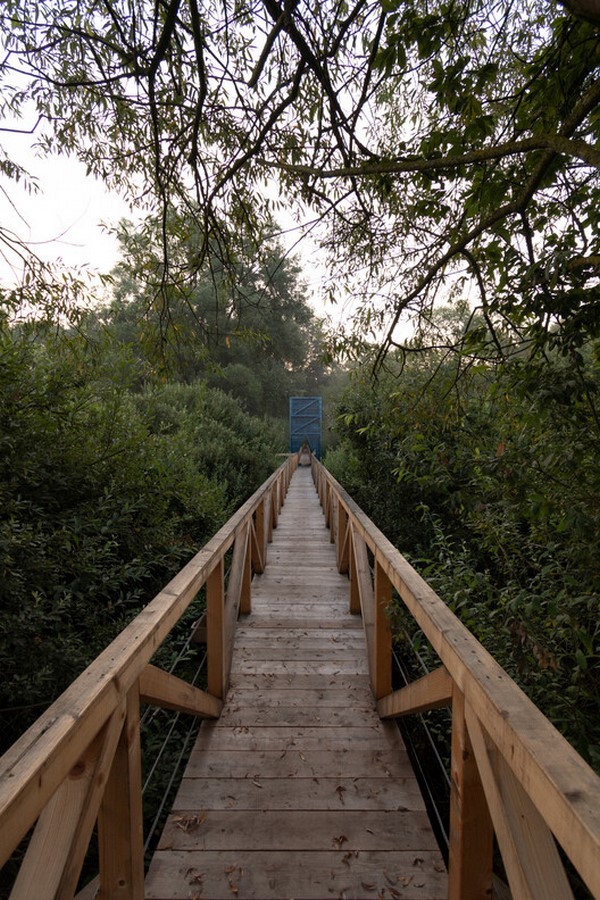
Unveiling a Hidden Gem
Among the few remaining boglands lies an untouched oasis amidst the urban sprawl, nestled between a major shopping center and the M0 highway in Budapest’s suburbs. Despite its inconspicuous location, this magical land hosts a diverse array of species, with over 50 bird species calling it home.
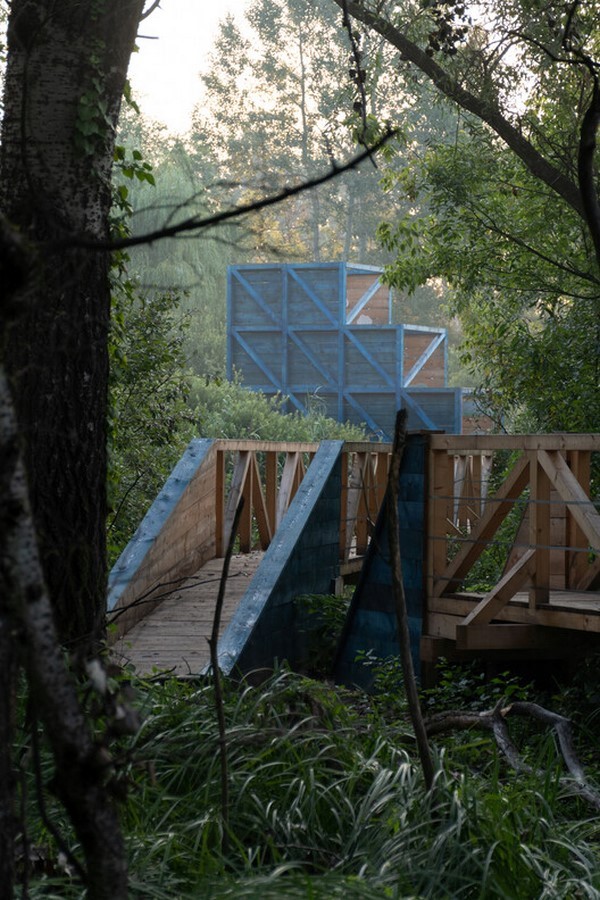
A Vision for Education and Conservation
Recognizing the importance of this natural treasure, NHOOD Services Hungary Ltd. embarked on a mission to develop an educational trail to showcase its richness and raise awareness among the public. Paradigma Ariadné was entrusted with designing and constructing the architecture of the trail, winning the tender in 2022.
The Architecture of Interpretation
After meticulous planning, the trail now comprises four pavilions and an 850-meter-long pathway, offering insights into the bogland’s geological history and ecological significance. Each pavilion, characterized by a distinctive stepped shape, serves as a multifunctional space for exhibitions, sensory experiences, and observation.
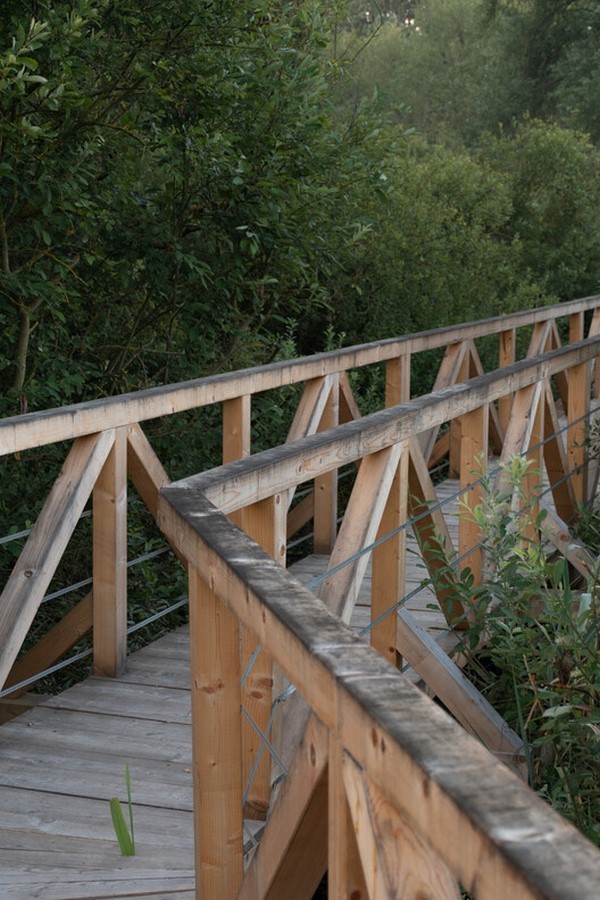
Embracing the Unconventional
In a deliberate departure from traditional architectural forms, the pavilions evoke ancient monoliths or enigmatic objects, emphasizing their role as interpretive structures within the natural landscape. The use of striking blue hues further accentuates their artificiality while symbolizing human intervention in the natural world.
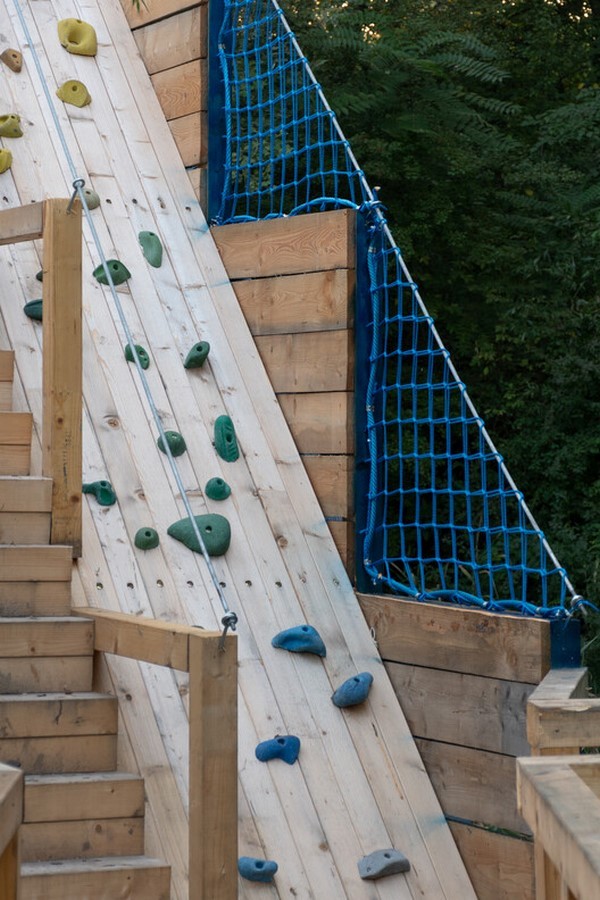
Integration with Nature
Designed to harmonize with the surrounding environment, the timber frameworks of the pavilions allow plants to intertwine and evolve over time, echoing the surrealist aesthetic of René Magritte’s artwork. Despite the challenges of constructing on marshy terrain, innovative engineering solutions ensured the project’s success.
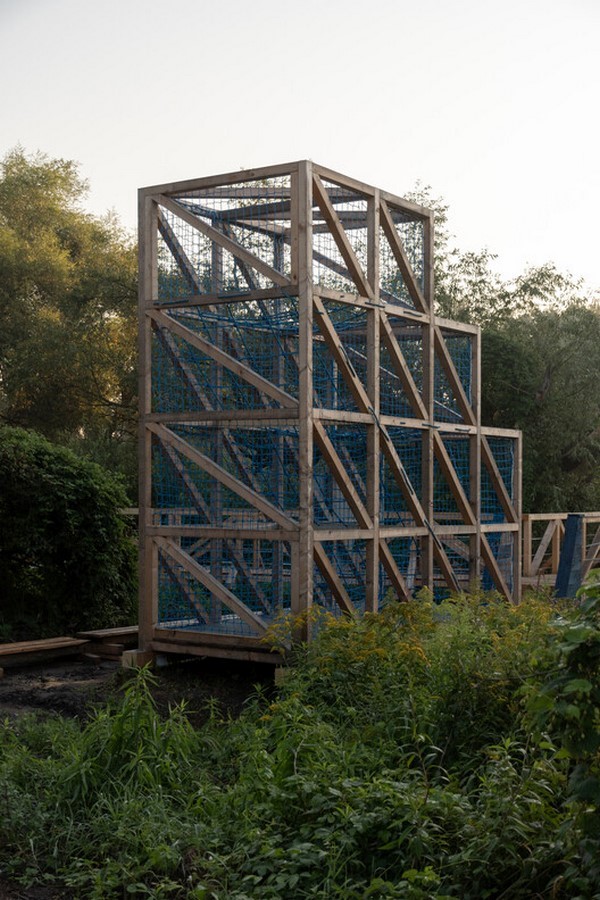
Conclusion
The Boglands Educational Trail stands as a testament to the intersection of architecture, education, and conservation. By blending artistry with environmental stewardship, Paradigma Ariadné has created a sacred space where visitors can immerse themselves in the wonders of nature while gaining a deeper appreciation for its preservation.


